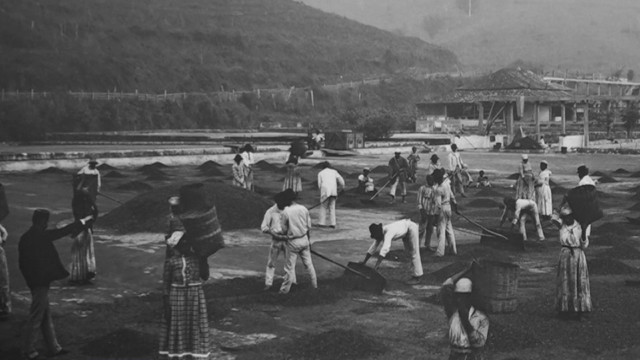Last summer, a slave port in Rio de Janeiro was declared a UNESCO World Heritage Site – deemed to be of outstanding universal value as a reminder of a painful and brutal past. Brazil was the last country to end its involvement in the trans-Atlantic slave trade.
As CGTN’s Lucrecia Franco reports, it was the world’s biggest importer of slaves.
Afro-Brazilians celebrated the recognition of a wrong and an honor for the place where their ancestors set foot for the first time in Brazil.
The Valongo Wharf was the main entry port for African slaves arriving in the Americas. Of more than 4 million brought to Brazil, nearly 1 million landed here, to be put to work on the country’s tobacco, coffee and sugar plantations. The stone wharf was added by UNESCO in July as a World Heritage Site, following a campaign led by Brazilian anthropologist Milton Guran from the Fluminense Federal University.
“It refers to an event in the history of humanity that humanity doesn’t want to see repeated, such as Hiroshima, the target of the first nuclear bomb, or the concentration camp at Auschwitz,” said Guran.
Brazil imported more slaves than any other nation between the seventeenth and nineteenth centuries and it was the last country in the western world to abolish slavery, in 1888. Activists said the UNESCO designation will bolster their continued efforts to win reparations.
“This title will help us knock on the doors of public authorities, not only the Brazilian government but all the European governments, to request some sort of compensation,” Afro-Brazilian activist Thiago Laurindo said.
The wharf was built in 1811 and it became the busiest slave port in Brazil until the slavery trade was finally shut down. The site was eventually covered over. Though the exact location of the Valongo Wharf was discovered by chance during renovations for the 2016 Olympics, another chilling fact was the finding of a mass grave in a nearby home. The home belongs to Merced Guimaraes, president of the New Blacks Institute. Part of it has now become the New Blacks Institute, an archaeological site and museum. She said it has become her life’s mission to preserve the memory of the souls who perished here.
“Survive and suffer, suffer and die. It is very hard for me that these 30,000 or 50,000 people that were dumped here were witnesses of that crime. A crime that will continue if there is no memory,” Guimaraes said.
Archaeologists working at the institute have just discovered the first whole skeleton, of a 20-year-old woman. The rest are bone fragments.
“We found out that some bodies were burned, others destroyed by time. It is a small cemetery for so many bodies. So what we have here is a mass destruction of human remains,” said Reinaldo Tavares, an archaeologist at the Rio de Janeiro Federal University.
The discoveries here include branding irons used by slave owners. As for the human remains, experts say it will take years to identify exactly who is buried here, if it’s possible at all. With UNESCO’s recognition of Brazil’s brutal slave period, Afro-Brazilians are embracing the moment – to force the country to come to terms with a past that can no longer be erased.
 CGTN America
CGTN America
